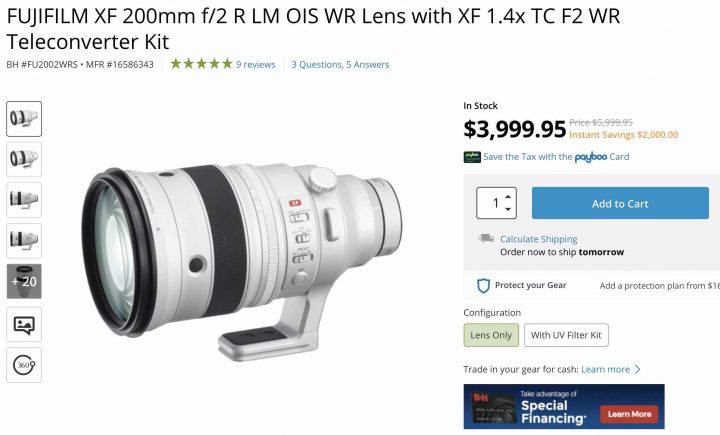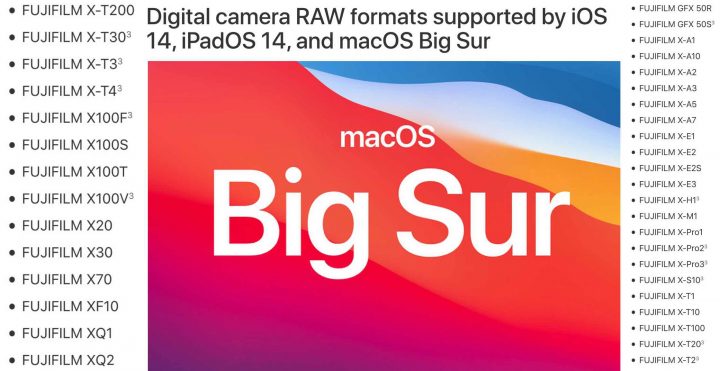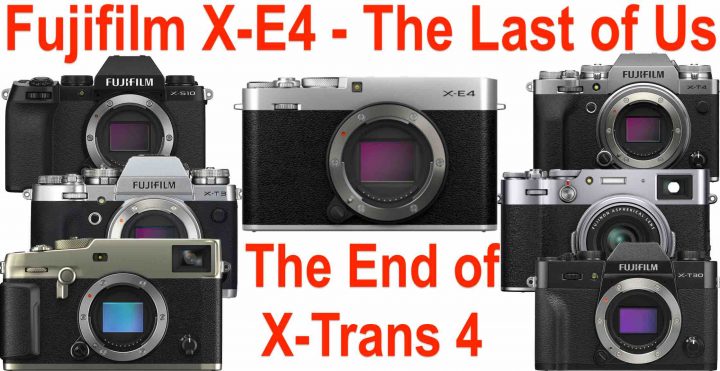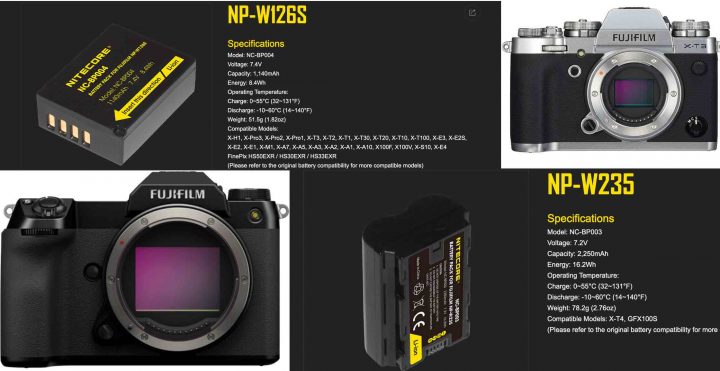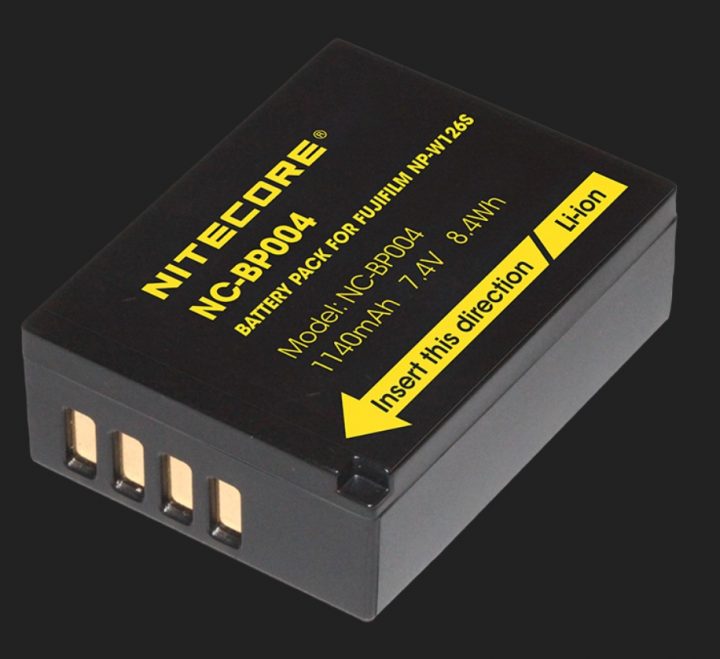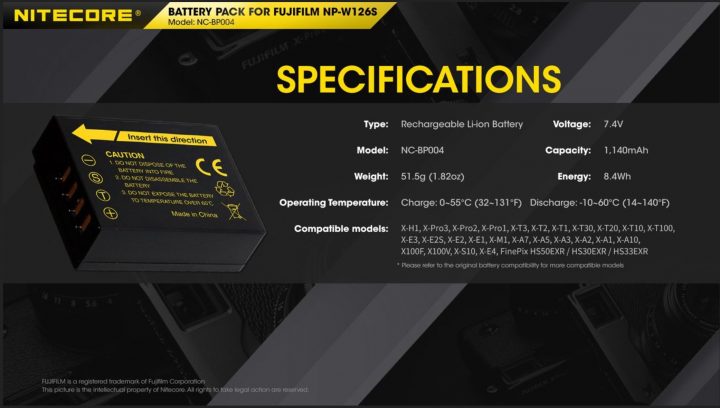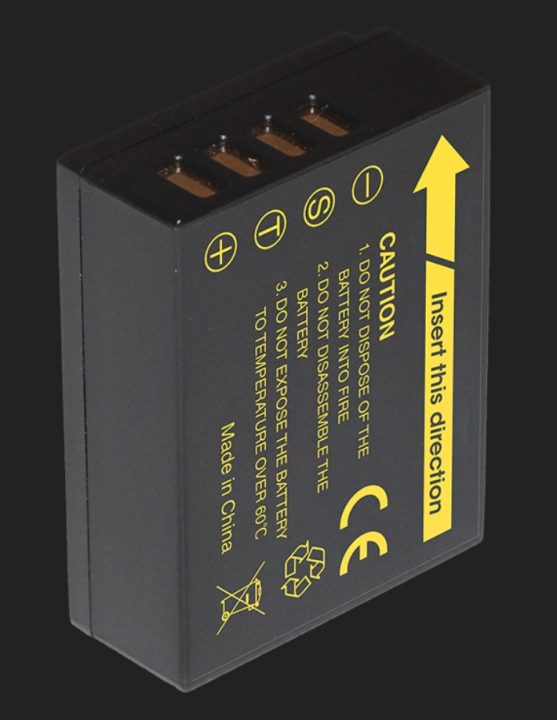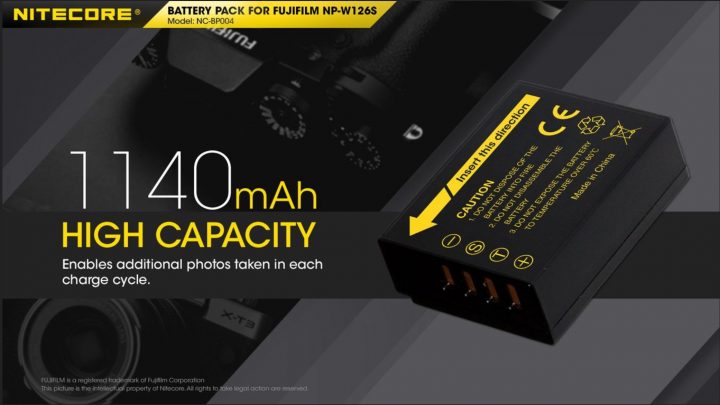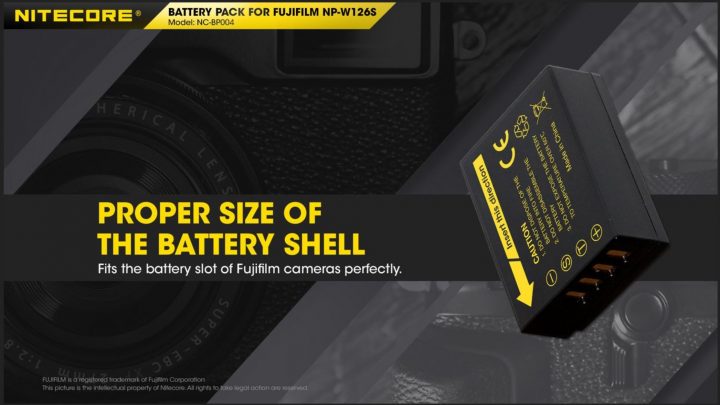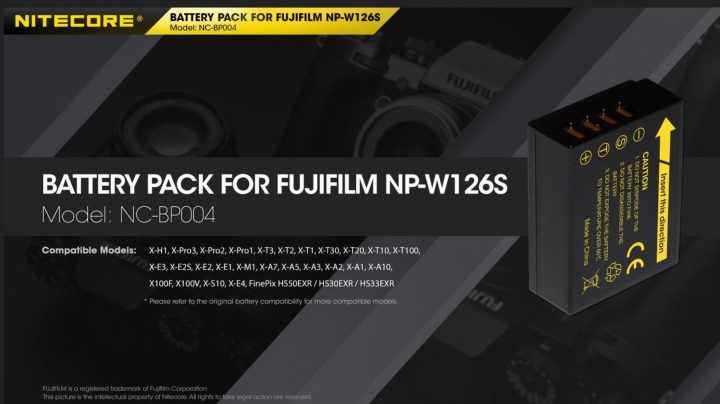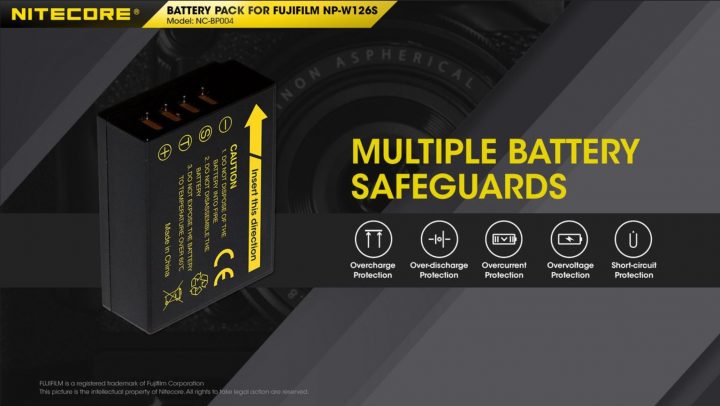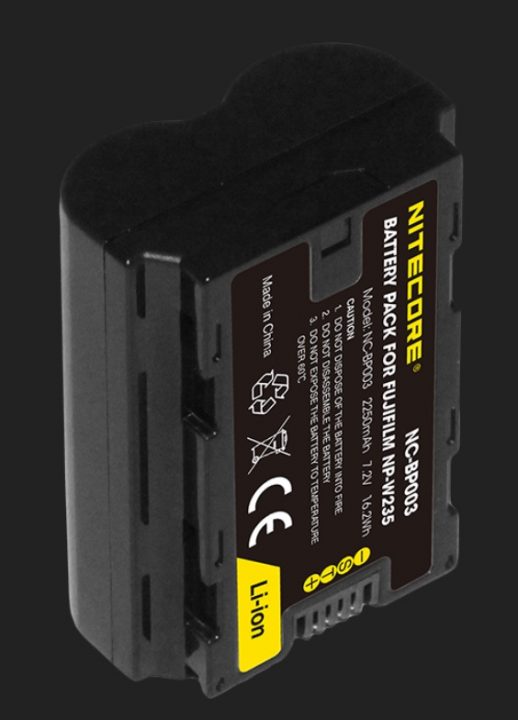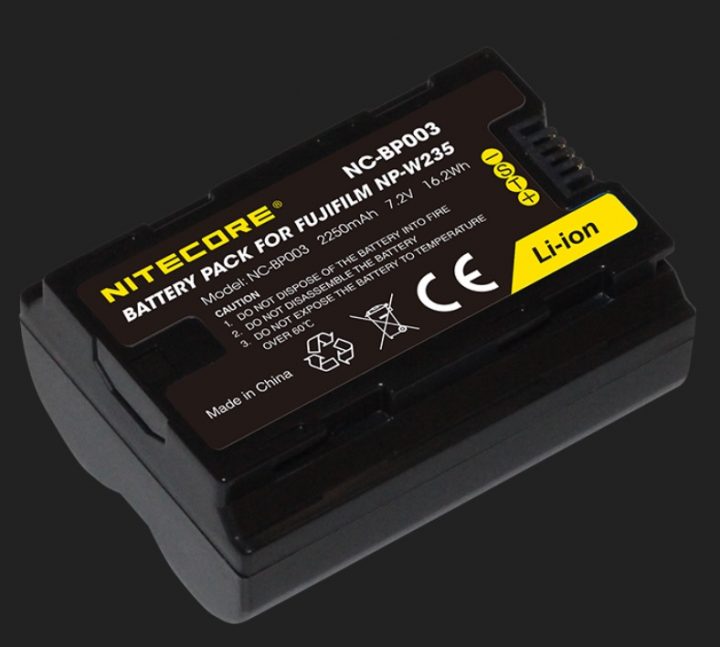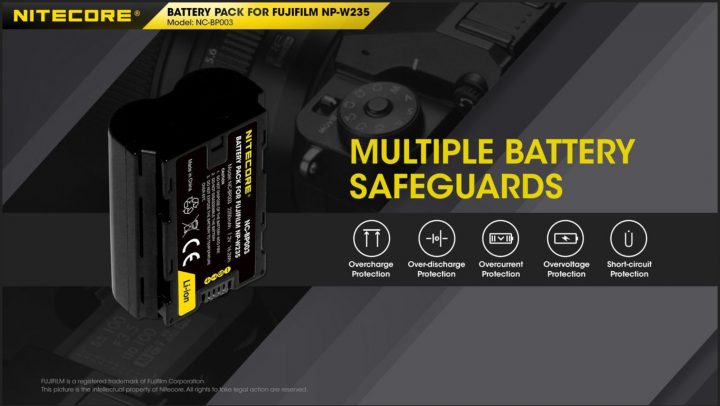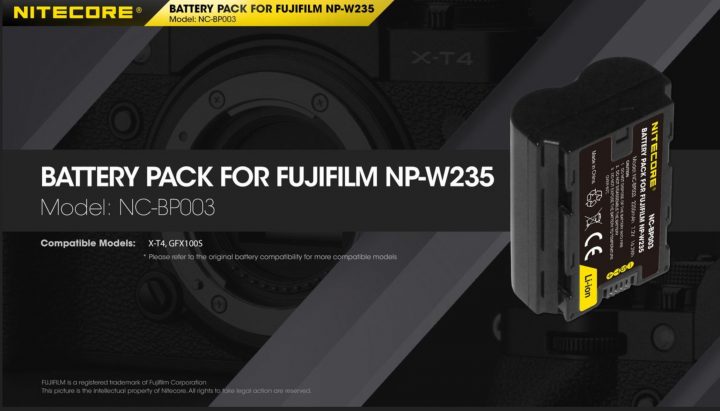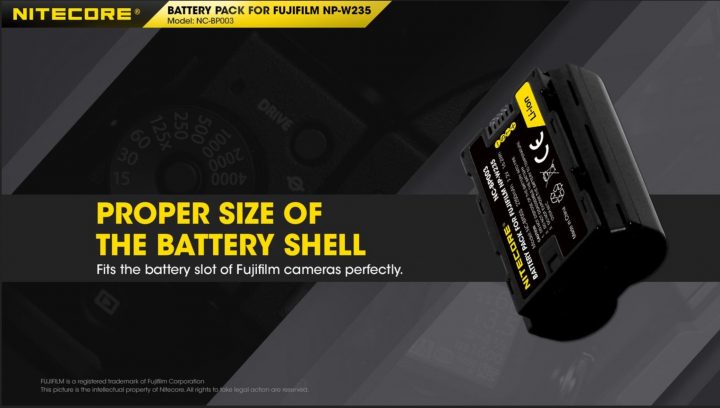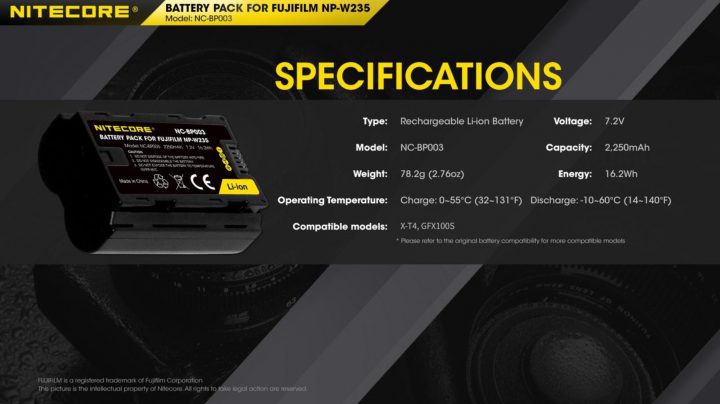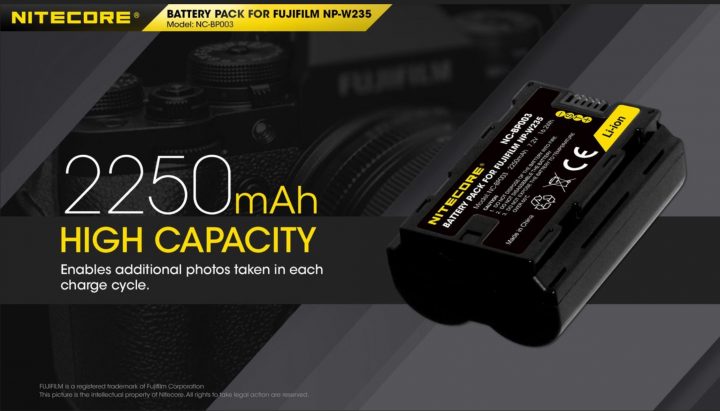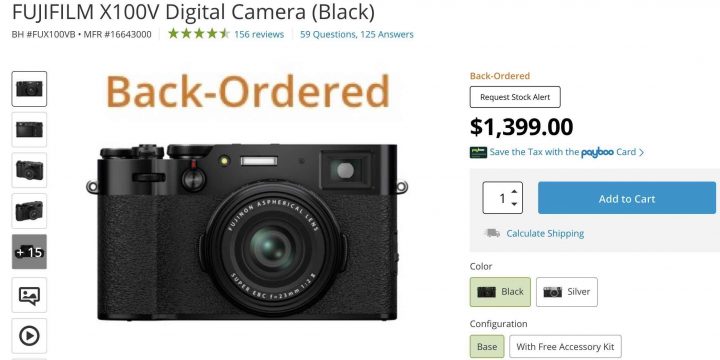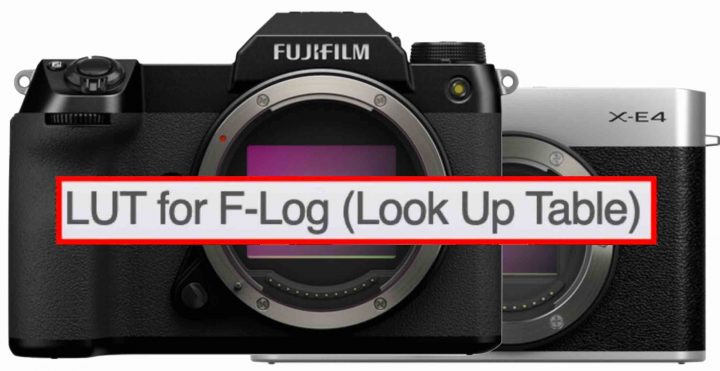FUJIFILM SUMMER SAVINGS: Save Up to $2,000 on Selected Fujifilm X/GFX Gear in USA
Finally USA caches up with the amazing Fujifilm deals running all over the globe (see a selection below).
But while the deals in EU will end on June 30, the ones in USA just started. Details below.
USA DEALS
GFX Gear
- Fujifilm GFX 50R (save $1,000**): BHphoto / AmazonUS / Adorama
** ends July 11 - GF 32-64mmF4 (save $500*): BHphoto / AmazonUS / Adorama
- GF 50mm F3.5 (save $200*): BHphoto / AmazonUS / Adorama
- GF 45mmF2.8 (save $200*): BHphoto / AmazonUS / Adorama
*mail-in rebate ends August 22. Pay full price and then get a $500/$200 pre-paid Mastercard back after your purchase. Check out this Fuji page to claim back your money
X Gear
- XF 8-16mm F2.8 (save $500)*: BHphoto / AmazonUS / Adorama / Focuscamera
- XF 16-80mmF4 (save $200)*: BHphoto / AmazonUS / Adorama
- XF 50-140mmF2.8 OIS WR (save $400)*: BHphoto / AmazonUS / Adorama / Focuscamera
- XF 200mm F2 (save $2,000)*: BHphoto / AmazonUS / Adorama / Focuscamera
* ends August 22
— - Fujifilm X-T3 body or with 16-80 or 18-55 (save $300)**: BHphoto / AmazonUS / Adorama / Focuscamera
- Fujifilm X-T30 body or with 15-45 or 18-55 (save $100)**: BHphoto / AmazonUS / Adorama / FocusCamera
** ends July 25
EU/CA Deals

